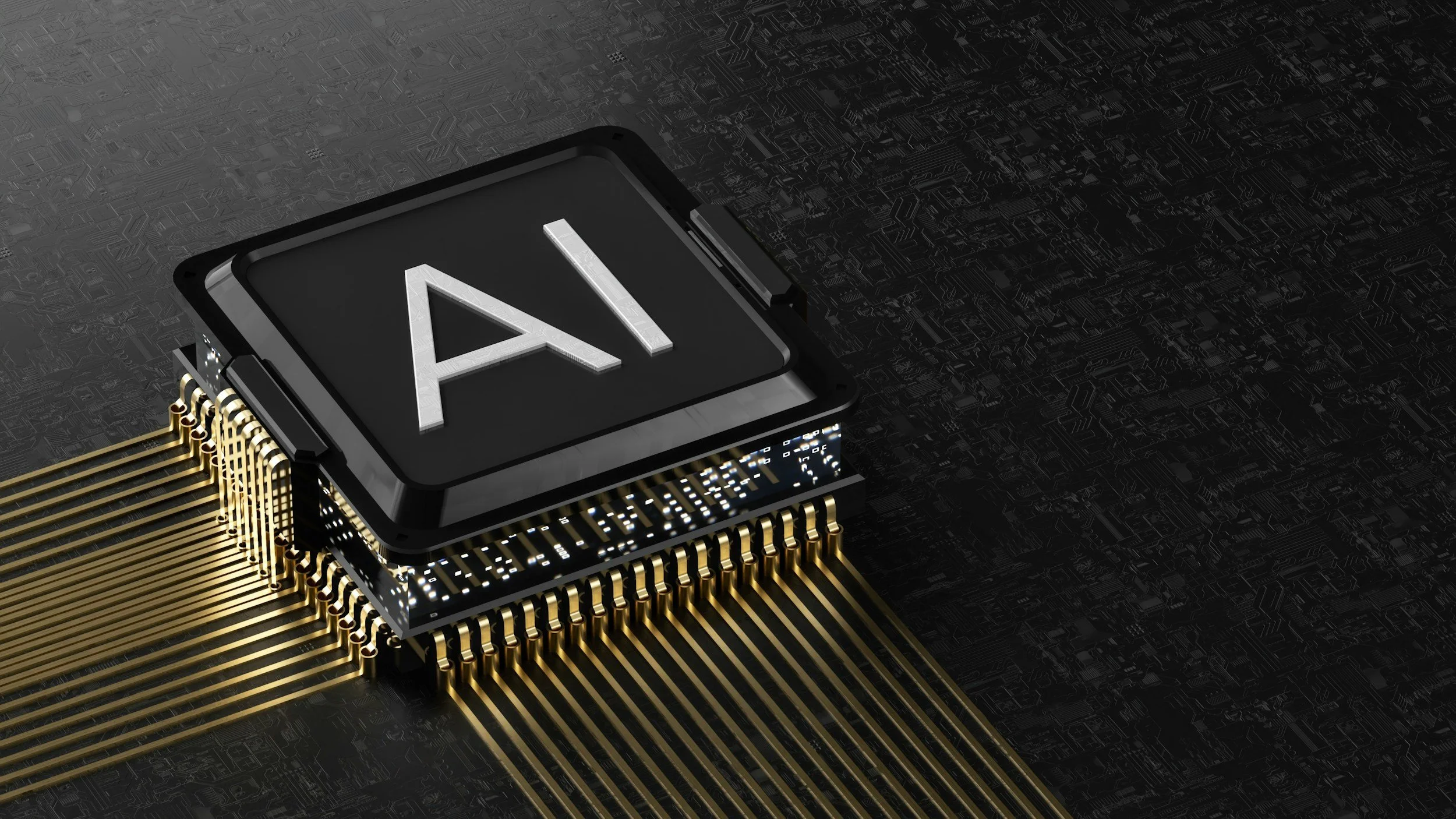AI Chips Are Evolving to Mimic the Human Brain with New Spintronic Tech
Image Credit: Josh Frenette | Splash
For decades, computers—including AI—have depended on the binary system of 0s and 1s. However, researchers are now striving to overcome this limitation by developing more flexible and energy-efficient AI hardware. A groundbreaking spintronic device could be the key to this transformation, integrating memory and computing functions in a way that mimics the human brain.
A team of researchers from Tohoku University, the National Institute for Materials Science, and the Japan Atomic Energy Agency has developed an electrically programmable spintronic device that represents a major leap forward in computing technology. Their breakthrough, published in Nature Communications on February 5, 2025, advances the field of spintronics—an area of physics that leverages electron spin to process and store information. By utilizing the unique properties of non-collinear antiferromagnets and ferromagnets, this device enables electrical mutual control, paving the way for a new generation of AI chip architectures.
[Read More: AMD Lays Off 1,000 Employees to Accelerate AI Chip Development]
Addressing AI’s Power Consumption Challenge
The rapid evolution of AI technology has led to unprecedented computational demands, resulting in high energy consumption. AI models, particularly deep learning algorithms, require extensive processing power, straining existing hardware capabilities. Conventional AI chips rely heavily on separate memory and processing units, leading to energy inefficiencies due to constant data movement between them.
Spintronic devices offer a promising alternative by integrating memory and logic functions, reducing the need for data transfer and thus lowering energy consumption. This innovative approach could become a foundational technology for AI applications, ensuring sustainable growth in the field without excessive energy demands.
[Read More: Amazon Launches Trainium2 to Challenge Nvidia’s Dominance in AI Chip Market]
How the New Spintronic Device Works
At the heart of this research lies the ability to control and switch magnetic states efficiently using electrical currents. The team, led by Tohoku University’s Shunsuke Fukami, focused on utilizing the non-collinear antiferromagnet Mn3Sn as the core magnetic material. When an electrical current is applied, Mn3Sn generates a spin current that interacts with an adjacent ferromagnetic material, CoFeB, through a mechanism known as the magnetic spin Hall effect.
Unlike conventional spintronic devices, where magnetic material functions are pre-defined and fixed during fabrication, this new design enables electrically programmable switching of multiple magnetic states. The researchers demonstrated that information stored in the ferromagnet could be manipulated through the magnetic state of Mn3Sn, allowing dynamic adjustments in the system. This ability to control and modify magnetic states through electrical currents introduces a new level of flexibility, which is crucial for AI computations that rely on complex, adaptive processing.
Mimicking Neural Networks for AI Applications
One of the most compelling aspects of this discovery is its potential for AI chip design. The research team’s device enables an analog switching mechanism, where the polarity of the applied current alters the information stored within the system. This is a fundamental operation in neural networks, which depend on adjustable synaptic weights to process information efficiently.
Traditional AI hardware operates on binary logic, switching between '0' and '1'. In contrast, the newly developed spintronic device allows for multiple magnetic states, mirroring the way synapses in the human brain function. By enabling a more fluid and adaptable processing approach, this advancement brings AI hardware one step closer to achieving brain-like efficiency in computation.
[Read More: AMD Unveils Powerful Ryzen AI Max, X3D Chips, and Z2 Series at CES 2025]
Implications for the Future of AI Chips
The breakthrough achieved by Fukami and his team could revolutionize AI chip design in several ways:
Enhanced Energy Efficiency – By integrating processing and memory functions, the device significantly reduces energy-intensive data transfers, making AI computations more sustainable.
Scalability and Adaptability – The ability to program multiple magnetic states electrically allows AI chips to operate in a more flexible and efficient manner, supporting advanced machine learning models.
Reduction of Environmental Impact – With AI’s increasing computational demands placing a strain on global energy consumption, innovations in spintronics could help mitigate the environmental footprint of AI technologies.
Practical Implementation in AI Chips – The researchers are now focusing on further reducing operating currents and improving readout signals, which will be critical for deploying these devices in real-world AI applications.
[Read More: Arm Plans to Launch AI Chips by 2025]
Potential Challenges and Risks
Despite its promising applications, the integration of spintronic devices into AI hardware presents certain challenges. One major hurdle is the need for further refinement to enhance performance consistency and ensure compatibility with existing semiconductor technologies. Additionally, scaling this technology for mass production could be complex and expensive, potentially delaying widespread adoption.
Another concern is the potential for misuse. The increased efficiency of AI chips could accelerate the development of more advanced AI-driven surveillance and automation systems, raising serious ethical and privacy concerns. Without proper regulation, these advancements could be exploited for intrusive monitoring, manipulation of human thought and behaviour, suppression of human rights, and even warfare—especially if they fall into the hands of authoritarian regimes.
Source: Phys











